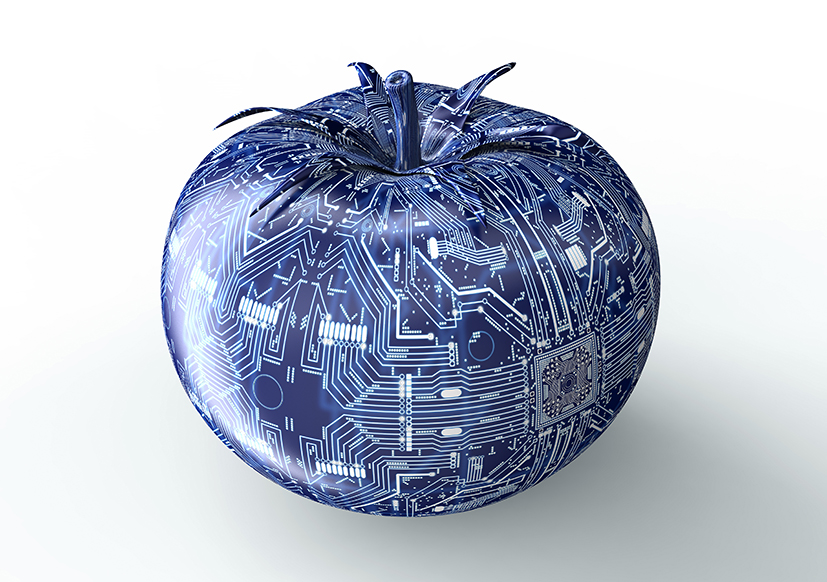Japan’s 2025 Osaka-Kansai Expo is spotlighting how food technology could reshape global supply chains, reduce waste, and meet rising demand for sustainable nutrition. The event offers a preview of scalable, commercially viable food alternatives being developed by Japanese universities, startups, and major manufacturers.
Among the key exhibits is “regenerated rice,” a product developed by Yamagata University and Tokyo-based Nichirei Foods Inc. using instant freeze-drying and powderisation of rice, vegetables, and proteins. The powders are reconstituted into flavoured rice grains that retain aroma and moisture. This method enables the reuse of surplus or discarded agricultural produce, potentially reducing food waste while allowing for precise control of flavour and nutrition in mass-market frozen foods.
At the Osaka Healthcare Pavilion, the Consortium for Future Innovation by Cultured Meat—founded by Osaka University and companies such as Shimadzu Corp. is showcasing 3D-printed wagyu beef developed from cultivated muscle and fat cells. The goal is to replicate the texture and marbling of premium cuts while paving the way for home production of meat alternatives by 2050. Two sample pieces took six months to produce and highlight early-stage commercialisation potential in the high-end alternative protein space.
Also featured is allergen-friendly soft serve ice cream and cones developed by Nissei Co., made using beans and rice flour. The products aim to expand inclusive snacking options, although commercial rollout still faces pricing challenges.


